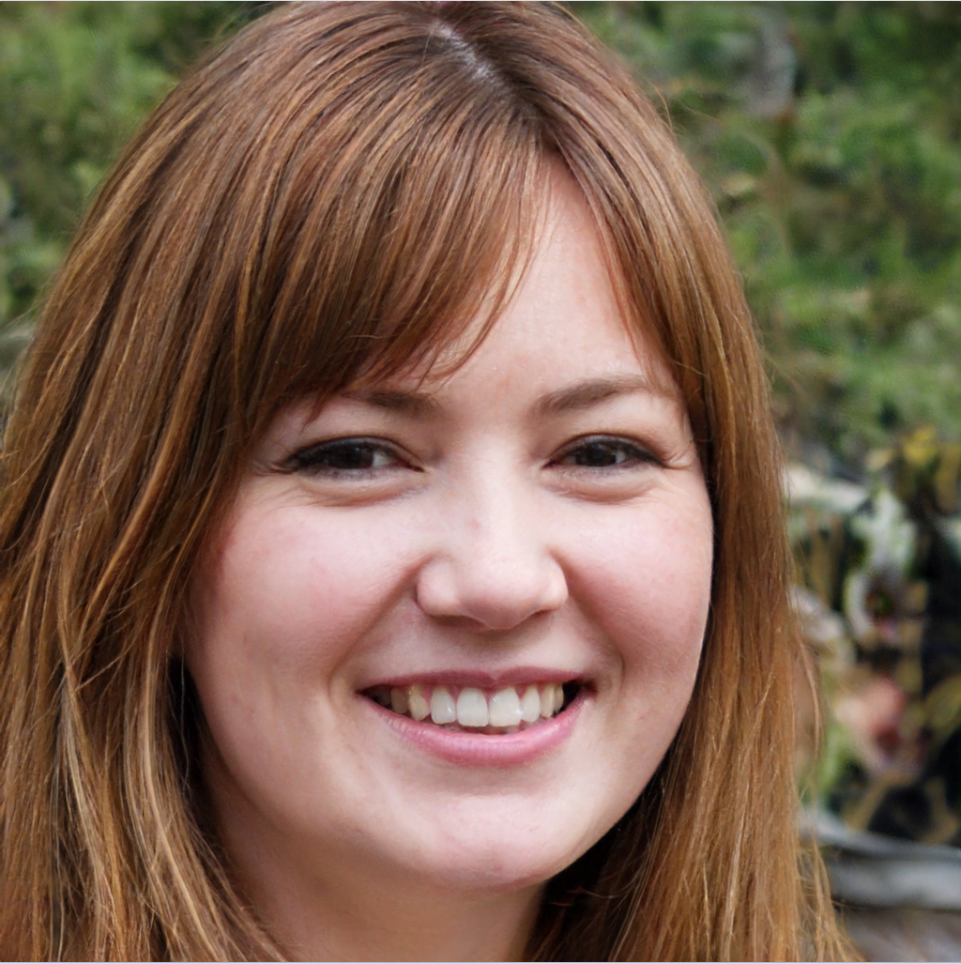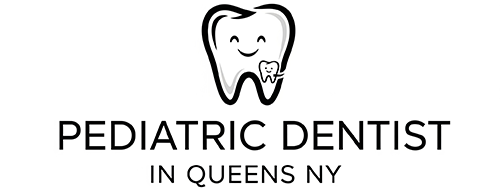Key Takeaways: What You Need to Know
After weeks of research into the costs of pediatric dental care without insurance, here's the bottom line: A routine check-up (exam, cleaning, and X-rays) for a child can cost anywhere from $180 to $460 out-of-pocket. Major procedures like a root canal or crown can easily exceed $1,000 to $2,500. However, public programs like CHIP and Medicaid offer free or low-cost comprehensive dental care for which many families qualify.
For those who don’t, in-house dental membership plans offered by private practices are often the most effective way to manage costs.
This guide breaks down all the numbers and options.
For a parent, there is nothing more important than your child’s health. But when it comes to their teeth, a huge and stressful obstacle often stands in the way: cost.
I realized this when I first tried to find a simple answer to the question, “How much will my child’s dental visit cost without insurance?”
The reality is that out-of-pocket dental costs in the U.S. are nearly four times higher than for general health spending.
With almost 74 million Americans having no dental coverage, it’s a financial anxiety shared by millions.
It felt like an impossible problem to solve. So I decided to create the financial roadmap I wish I had.
I’ve spent weeks digging into the data from the American Dental Association (ADA), analyzing real-world costs, and researching every possible way to find affordable care.
This is my deep dive—a guide to help you navigate the system with confidence.
The National Cost Landscape: Decoding the Dental Bill
The first step is to understand the baseline.
What should you expect to pay? I’ve broken down the national average costs for the most common pediatric dental services.
A routine check-up is the foundation.
This typically includes an exam, a professional cleaning, and diagnostic X-rays.
While some offices advertise low prices, a complete visit generally falls in the $180 to $460 range.
For specific procedures, the costs vary widely. T
o make it clearer, I compiled the data from multiple sources, including the ADA’s Survey of Dental Fees, into a single reference table.
| Procedure | Typical Cost Range | National Average |
|---|---|---|
| Child Cleaning (Prophylaxis) | $50 – $200 | ~$95 |
| Dental Sealant (per tooth) | $30 – $60 | ~$42 |
| Composite Filling (tooth-colored) | $90 – $300 | ~$226 |
| Simple Tooth Extraction | $75 – $300 | ~$200 |
| Porcelain/Ceramic Crown | $1,000 – $2,500 | ~$1,399 |
| Root Canal (Molar) | $1,000 – $2,000 | ~$1,337 |
The data reveals a stark reality: neglecting oral health is exponentially more expensive than maintaining it.
Hesitating at the $200 price of a check-up can lead to a future where a root canal and crown cost over $3,000.
Why Prices Vary So Widely: The Hidden Factors
The national averages are a great start, but the actual bill is shaped by local factors.
One of the biggest drivers is geography.
Dental care in a major urban center with high overhead costs is often more expensive than in a rural town. However, a lack of competition in some rural areas can also keep prices high.
The decision to see a pediatric specialist versus a general dentist can also play a role, though the value of their specialized training often outweighs the minor cost difference.
Your First & Most Important Step: Public Programs
Before exploring any other option, every uninsured parent should investigate public programs.
This is non-negotiable.
- CHIP and Medicaid: The Children’s Health Insurance Program (CHIP) and Medicaid provide free or low-cost comprehensive dental coverage for millions of children. Many families mistakenly assume they won’t qualify, but the income thresholds are higher than you might think. Your first action should be to visit HealthCare.gov to see if your family is eligible.
- Community Clinics & FQHCs: If you don’t qualify for CHIP, your next step is to find a Federally Qualified Health Center (FQHC) or other community clinic. These centers provide care on a sliding-scale fee model, meaning your bill is based on your income. You can find them through the official HRSA “Find a Health Center” tool online or by calling the 2-1-1 hotline.
- Dental Schools: University dental schools across the country offer high-quality care at a significantly reduced cost. Treatment is provided by dental students under the close supervision of licensed faculty. The trade-off is that appointments are much longer.
A Modern Alternative: In-House Dental Membership Plans
One of the most powerful tools I discovered for managing costs is the rise of in-house dental membership plans.
These are not insurance. They are subscription plans offered directly by a dental practice.
Here’s how they work: You pay a fixed annual fee (e.g., $300-$400 per child) directly to the office. This fee typically covers all your child’s preventive care for the year (2 exams, 2 cleanings, all necessary X-rays). In addition, you receive a significant discount—usually 15-30%—on any other treatment your child needs.
This model eliminates yearly maximums, deductibles, waiting periods, and claim denials.
It transforms unpredictable dental bills into a manageable, budgeted expense, making it one of the most effective options for uninsured families.
Frequently Asked Questions
Does a pediatric dentist cost more than a general dentist?
Sometimes, but not always, and the difference is usually minor. The average cost for a check-up at a pediatric dentist is highly competitive.
Given their extra 2-3 years of specialized training in child psychology and behavior management, the value they provide for an anxious child is often well worth any small price difference.
What if my child needs an emergency visit without insurance?
The cost for an emergency exam alone can range from $100 to $500. This fee covers diagnosing the problem.
The cost of the actual treatment (e.g., an extraction or filling) will be additional. This is why preventive care is so crucial financially.
Are there financing options for large dental bills?
Yes. Many dental offices offer in-house payment plans that allow you to spread the cost over several months.
Additionally, third-party financing options like CareCredit are widely accepted. CareCredit often has promotional periods where you can pay off the balance over 6-24 months with no interest.
What’s the difference between a basic cleaning and a “deep cleaning”?
A basic cleaning (prophylaxis) is for a healthy mouth. If a child hasn’t had a check-up in a long time and has significant buildup or signs of gum disease, the dentist may recommend a “deep cleaning” (scaling and root planing). This is a more intensive—and more expensive—procedure priced per quadrant of the mouth.
How can I find out the exact cost before the visit?
Call the office directly and ask for their out-of-pocket (or “cash pay”) prices for specific procedures. Use the dental billing codes (CDT codes) for accuracy:
Periodic Oral Evaluation: D0120
Child Cleaning: D1120
Bitewing X-rays: D0272 (for two) or D0274 (for four)
Sources:
https://www.carecredit.com/dentistry/costs/
https://www.valuepenguin.com/dental-health-report
https://cobbdefense.com/dental-cleaning-cost/
https://health.mil/Reference-Center/Technical-Documents/2025/02/19/2024-Dental-Rates
https://www.petrie-dental.com/pediatric-dentistry/costs/
https://embracefamilysmiles.com/does-a-pediatric-dentist-cost-more/
https://coastalpediatricdental.com/pricing
https://www.moneygeek.com/insurance/health/dental-insurance-costs/
https://www.healthcare.gov/medicaid-chip/childrens-health-insurance-program/
https://www.medicaid.gov/
https://www.americastoothfairy.org/
https://www.ada.org/resources/community-initiatives/give-kids-a-smile
https://www.austinchildrensdentistry.com/new-patients/new-patient-forms/

Dr. Mary G. Trice is a renowned pedodontist based in Queens, NY. With an unwavering dedication to children’s dental health. In addition to her clinical practice, Dr. Trice is the writer and manager behind the informative platform pediatricdentistinqueensny.com. Through this site, she offers valuable insights, tips, and resources for parents and guardians, aiming to bridge the gap between professional dental care and everyday oral hygiene practices at home.
